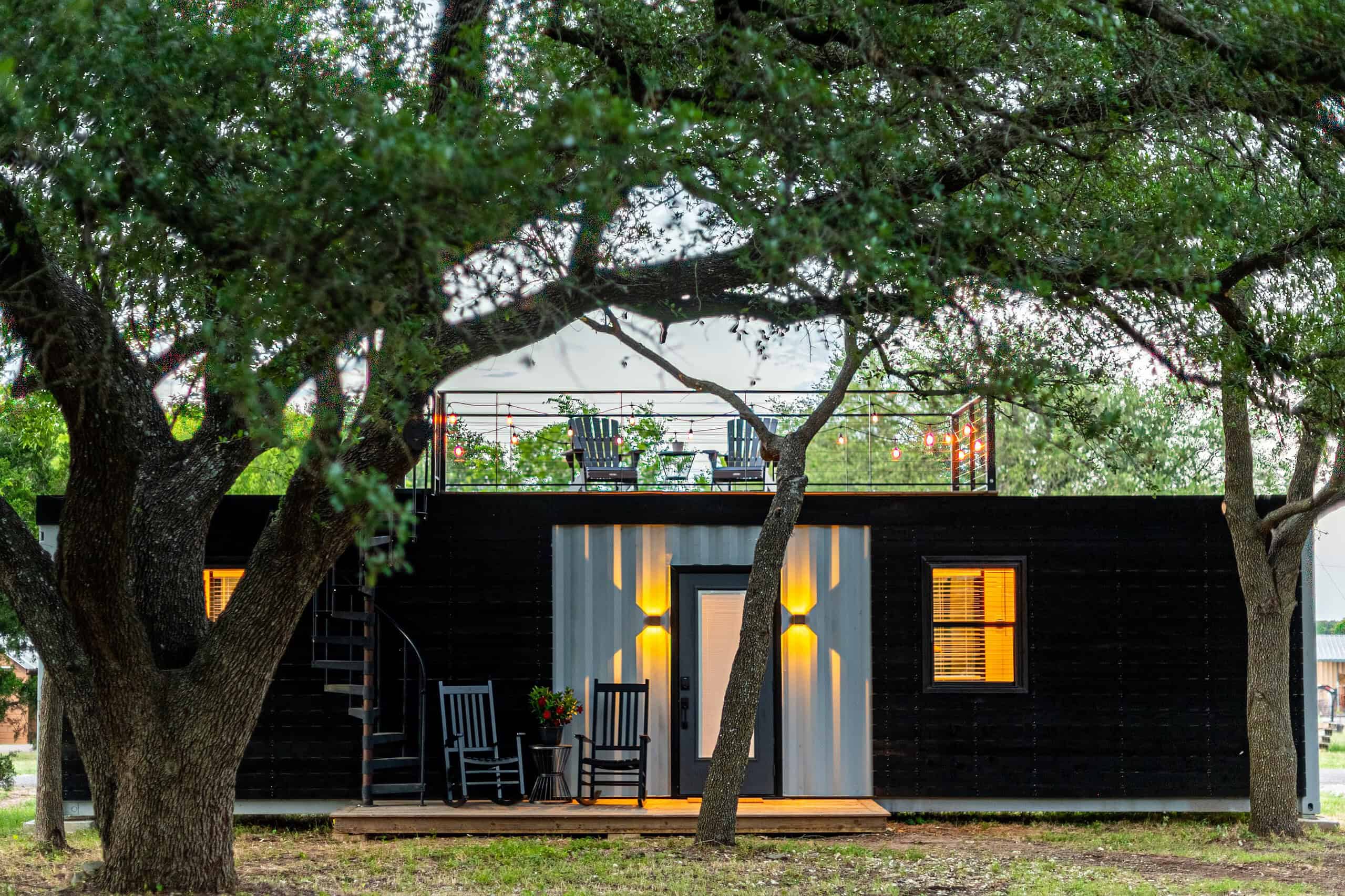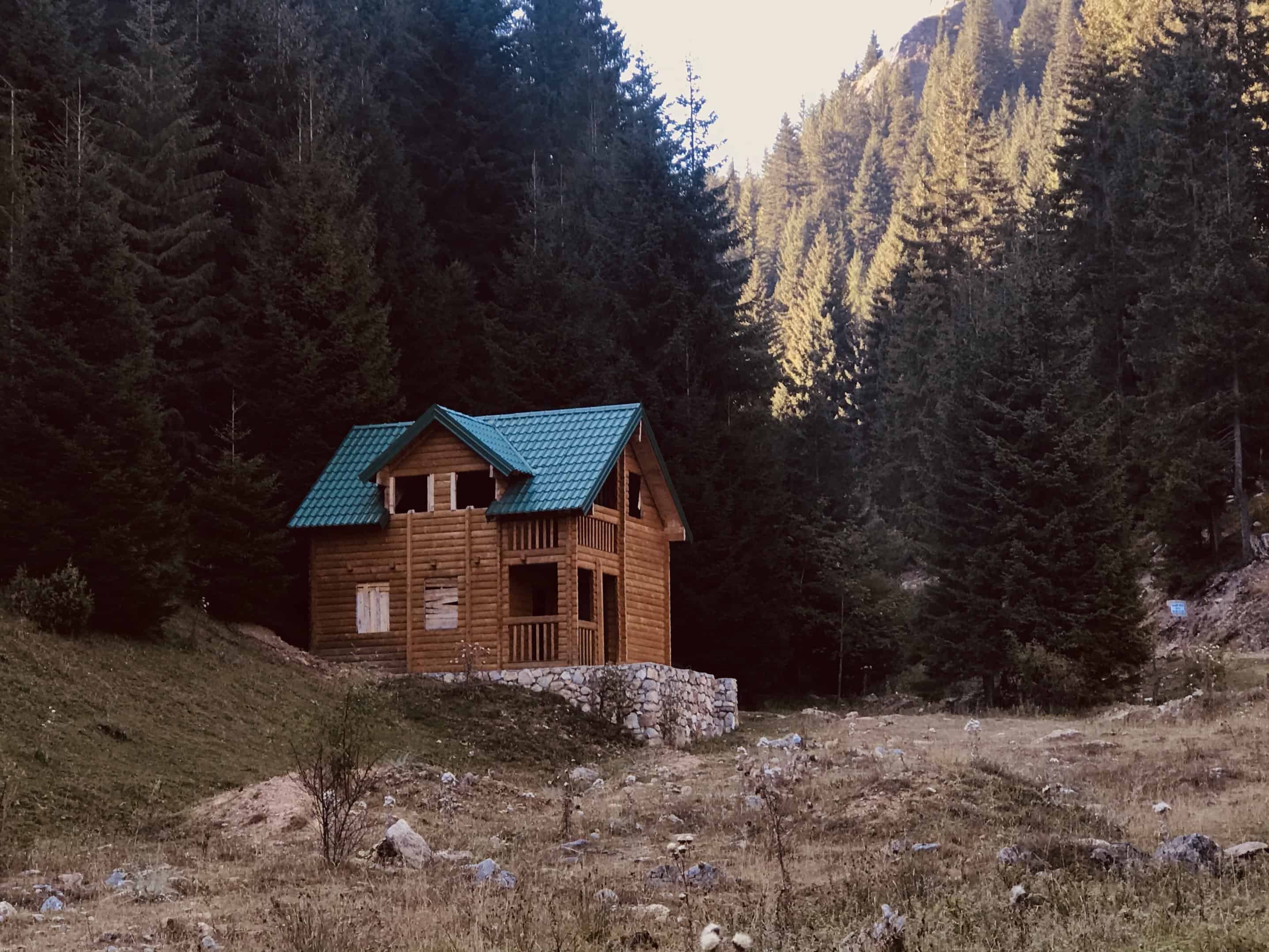Are you thinking about downsizing and embracing the minimalist lifestyle by buying or building a tiny home? Before you dive headfirst into this exciting endeavor, there are some crucial factors you should consider. Tiny homes offer a unique and appealing way to simplify your life, reduce your environmental footprint, and save money. However, it’s essential to make informed decisions to ensure that your tiny home experience is everything you hope for.

1. Location Matters
One of the first things you need to think about when it comes to tiny living is the location of your tiny home. Where do you plan to put it? Many municipalities have zoning regulations and building codes that dictate where and how tiny homes can be placed. If you’re in California, finding a tiny home for sale in San Diego is a better option for finding a regulated property that fits all your needs. You may need to research these regulations and secure the necessary permits before you can move forward. Additionally, consider the climate and terrain of your chosen location – these factors will impact the design and construction of your tiny home.
2. Budget Wisely
Tiny homes can be a cost-effective way to own your space, but they still come with expenses. Before diving in, create a realistic budget that covers not only the construction or purchase of your tiny home but also ongoing expenses such as utilities, maintenance, and insurance. Make sure you have a financial cushion to handle unexpected costs that may arise during your tiny home journey.
Initial Construction Costs
The first step in budgeting for your tiny home is estimating the construction or purchase cost. If you plan to build your tiny home, consider expenses such as materials, labor (if you’re not building it yourself), permits, and tools. Alternatively, if you’re buying a pre-built tiny home, factor in the purchase price, delivery, and any customization costs. Be sure to research and obtain multiple quotes to get a realistic estimate.
Ongoing Expenses
Don’t overlook ongoing expenses. Your tiny home may have lower utility bills than a traditional house, but it’s essential to budget for these monthly costs, including electricity, water, propane, and waste disposal. Additionally, think about property taxes, which can vary depending on your location. Ensure you have a clear picture of your monthly and annual expenses to maintain a comfortable standard of living.
Maintenance and Repairs
Like any home, tiny homes require maintenance and occasional repairs. Over time, your tiny home may need roof repairs, siding maintenance, appliance replacements, and more. Create a maintenance fund in your budget to cover these unexpected expenses, and set aside a portion of your income regularly. Being prepared will prevent financial stress when repairs become necessary.
3. Size and Design Considerations
Tiny homes come in various sizes and designs, from minimalist cabins to fully-equipped, multifunctional living spaces. Consider how much space you truly need and how you plan to use it. Efficient design is essential in tiny homes, as every square foot counts. Prioritize features and amenities that are essential for your comfort and lifestyle. Think about whether you want a lofted bed, a full kitchen, or a bathroom with a shower. Your choices will impact the overall layout and size of your tiny home.
4. Sustainability and Off-Grid Living
Tiny homes often go hand in hand with sustainability and off-grid li§§§1§§§1§1ving. If eco-friendliness is a priority for you, research eco-friendly building materials and renewable energy sources. Think about how you’ll manage waste, conserve water, and reduce your carbon footprint in your tiny home. Assess whether you’re comfortable with the self-sufficiency and potential challenges of off-grid living, such as generating your electricity and managing your water supply.
5. Lifestyle Adaptation
Living in a tiny home requires a significant shift in lifestyle and mindset. Downsizing your possessions, embracing minimalism, and prioritizing experiences over material possessions are crucial adjustments. Before leaping, ask yourself if you’re ready for these changes and if your family members or significant other are on board with the tiny living lifestyle.
6. Legal and Financial Implications
Understanding the legal and financial implications of tiny living is vital. You should consider the impact on your taxes, insurance, and financing options. Some financial institutions may not offer traditional mortgages for tiny homes, so explore your financing options early in the process. Moreover, consult with legal experts to ensure that you are fully aware of any legal constraints or responsibilities associated with your tiny home.
Choosing to buy or build a tiny home is an exciting adventure that can lead to a more sustainable, cost-effective, and minimalist lifestyle. However, it’s essential to approach it with careful consideration and thorough planning. By keeping these six key factors in mind – location, budget, size and design, sustainability, lifestyle adaptation, and legal and financial implications – you can embark on your tiny home journey with confidence and ensure that it aligns with your goals and aspirations for a simpler, more fulfilling life. Tiny living can be a transformative experience, but only if you’re well-prepared for the challenges and rewards it brings.















